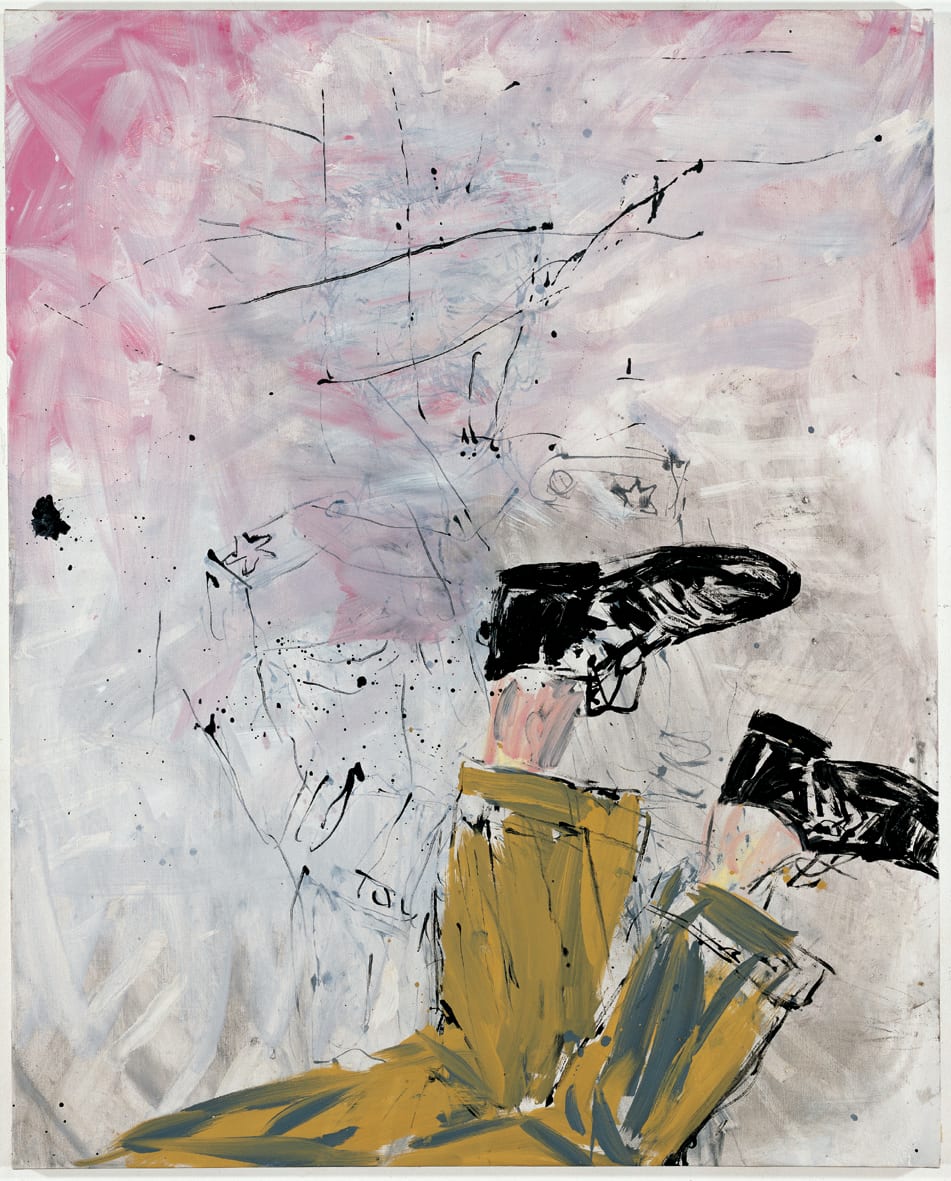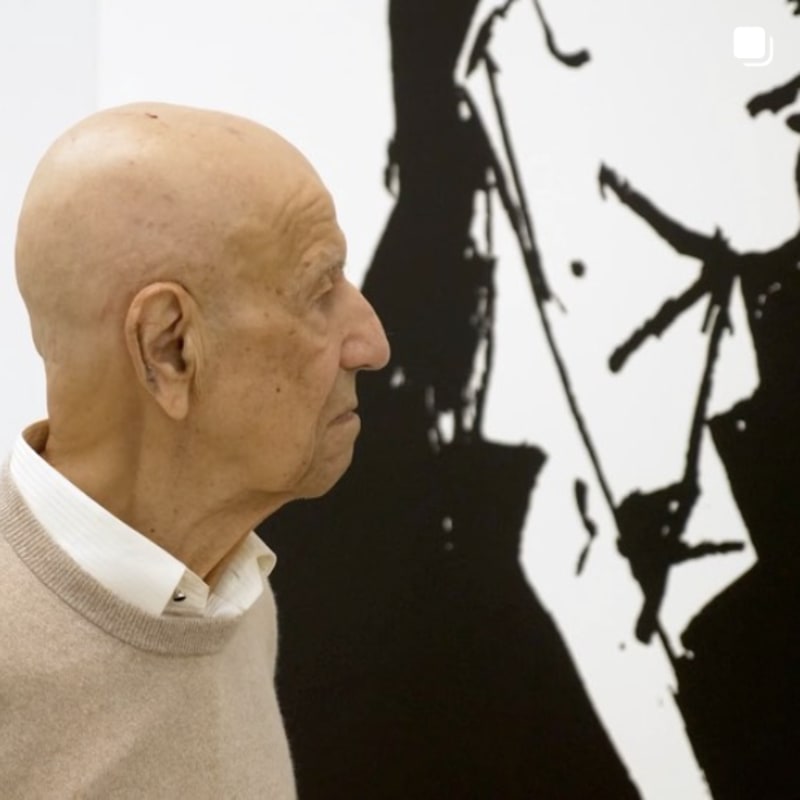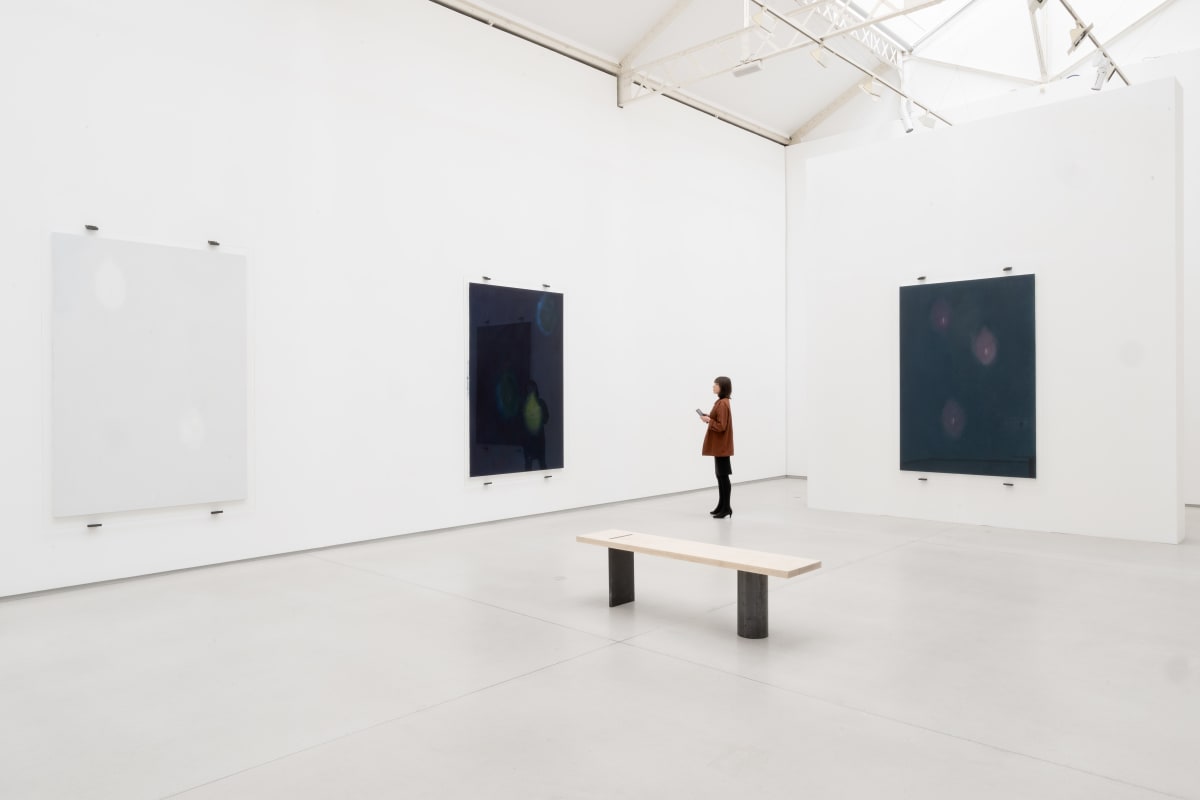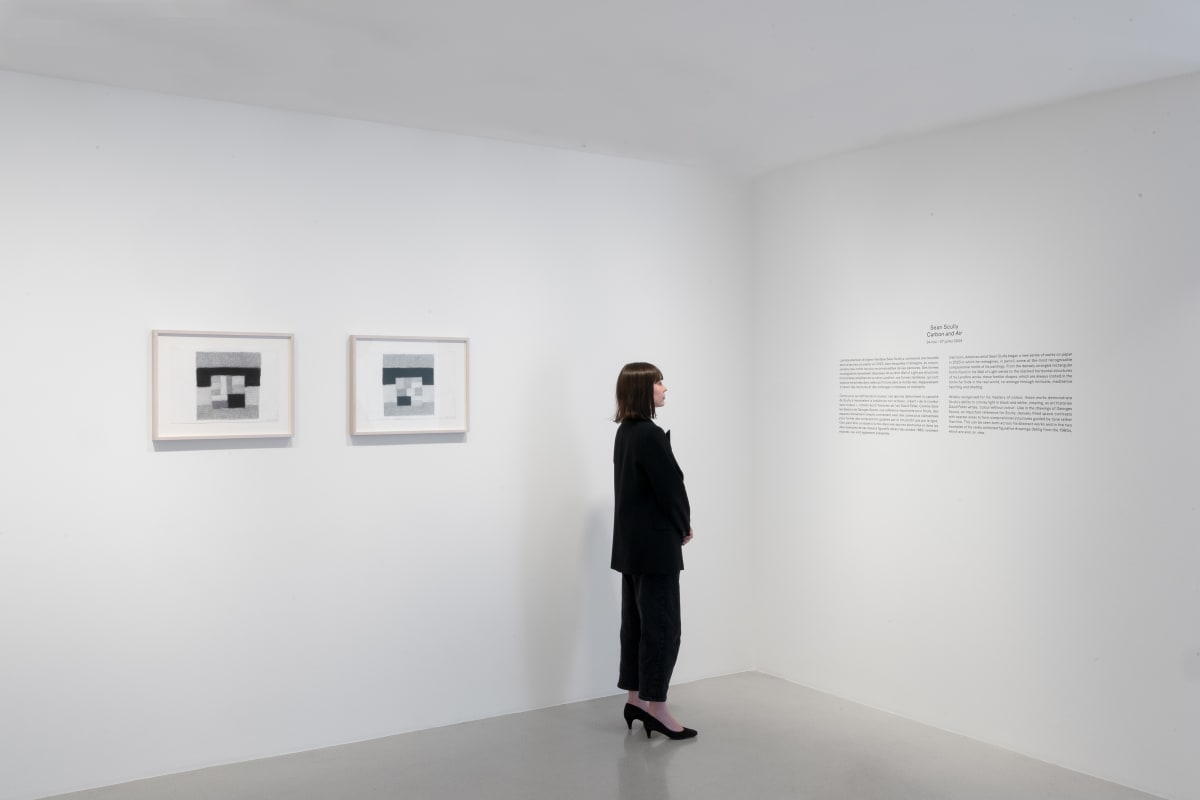"I carry on working. Just as in the past people have not understood my pictures, they do not understand my later works, either. This is simply how it is: people don't understand that even an old artist can still develop."
Edvard Munch, 1933
"By the repetition of a basic problem, we understand the opening-up of its original, long concealed possibilities, through the working-out of which it is transformed. In this way it first comes to be preserved in its capacity as a problem. To preserve a problem, however, means to free and keep watch over those inner forces which make it possible, on the basis of its essence, as a problem."
Martin Heidegger, 1929
It is with pleasure that we present a new series of works by the artist Georg Baselitz, who lives and works in Derneburg (Lower Saxony) and Imperia (Italian Riviera). It includes two monumental bronze sculptures, seven large-scale oil paintings and nine watercolours.
A central theme of these works is an intensive study of the artistic methods employed by Edvard Munch (1863-1944). This Norwegian symbolist, impressionist and later expressionist, whose succès de scandale in 1890s Berlin influenced the entire secessionist art of the period, contributed largely to shaping German expressionism.
In 1916, Munch purchased an estate in Ekely, near Oslo, where he lived until his death. The name Ekely means "in the shelter of the oaks" – and in this haven Munch painted pictures free of all stylistic constraints and models, characterised by an untypical colouration, freedom of brushwork, and themes geared to his immediate surroundings.
In his new series, Baselitz synthesises Munch's later liberal style with motifs referring to his own origins in Deutschbaselitz (Saxony) and to memories from his childhood. In 2001 Baselitz wrote: "I think it's time to take up my old stuff again, my childhood drawings and things I did at school [...] Using something you haven't yet lost is pleasanter, and as long as you're doing that, it isn't important whether the motif is the same as it was then." Thus some of his new works hark back to the small oil painting Sandteichdamm [sand pond dam], which Baselitz painted at school in 1955, when he was about seventeen, and which shows the immediate surroundings of the house where he was born. The motif is transformed into a sort of negative-painting, with which Baselitz has recently been attempting to produce pictures that look like negatives.
A further leitmotif in Baselitz's new works is a fragment of leg, especially of a foot (sometimes in a shoe). Feet have long played an important role in his work; in 1960-1963 he painted naked, battered, pandemoniac feet. In his new works, the foot (shoe) – which has become a tradition within Modernism since Géricault's fragmented feet, van Gogh's Peasant Shoes and Andy Warhol's pre-pop drawings and Diamond Dust Shoes – has assumed an autobiographical connotation. It becomes a kind of self-portrait, as a pars pro toto.
"In the motifs of tree and leg, Baselitz is constantly confronting – with shifting accents – the existential pair of opposites: staying and going; fixing and movement; standing and falling; obviously stably centred existence and being on the move (which always entails the danger of disorientation); the duration and the passing of existence. Having feet means having no roots. Baselitz creates an imagery of farewell, of departure, of homelessness, of destabilisation – though usually with no outward sign of dynamism or reference to movement." (Kirsten Klaudia Voigt)


Georg Baselitz: Spaziergang Ohne Stock, Galerie Thaddaeus Ropac Salzburg, 2005
/
Overview
In his new series, Baselitz synthesises Munch's later liberal style with motifs referring to his own origins in Deutschbaselitz (Saxony) and to memories from his childhood.
'I carry on working. Just as in the past people have not understood my pictures, they do not understand my later works, either. This is simply how it is: people don't understand that even an old artist can still develop.' Edvard Munch, 1933 'By the repetition of a basic problem, we understand the opening-up of its original, long concealed possibilities, through the working-out of which it is transformed. In this way it first comes to be preserved in its capacity as a problem. To preserve a problem, however, means to free and keep watch over those inner forces which make it possible, on the basis of its essence, as a problem.' Martin Heidegger, 1929 It is with pleasure that we present a new series of works by the artist Georg Baselitz, who lives and works in Derneburg (Lower Saxony) and Imperia (Italian Riviera). It includes two monumental bronze sculptures, seven large-scale oil paintings and nine watercolours. A central theme of...












































































































































































